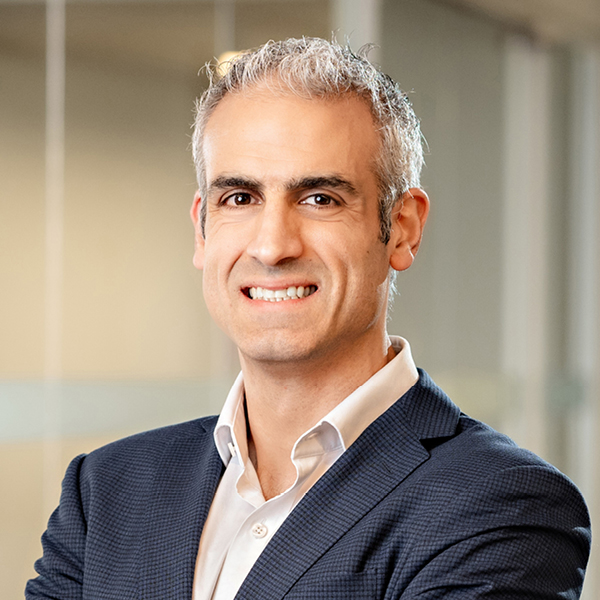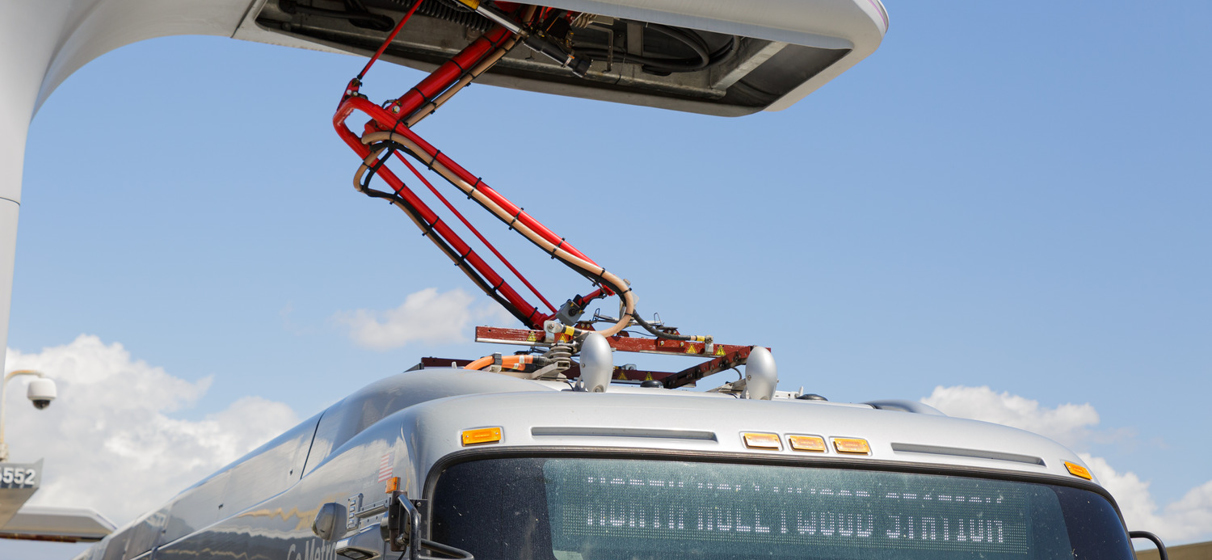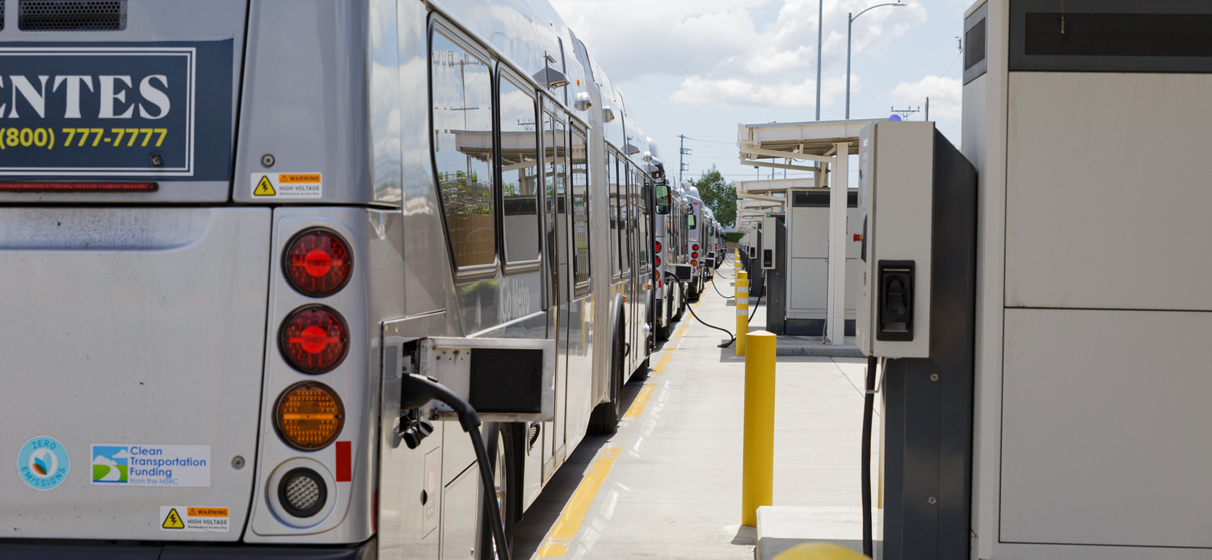I recently had the privilege of joining a dynamic panel at New York Tech Week entitled “Building Beyond: Tech’s Infrastructure Frontier,” where we explored the extraordinary demands that emerging technologies – like AI, electric vehicles, and autonomous systems – are placing on our built environment.
The conversation, moderated by STV Board Member and former U.S. Department of Transportation (USDOT) Senior Advisor Lynda Tran, brought together a remarkable group of thought leaders, including Jason Pritzker (53 Stations, The Pritzker Organization), Vinn White (former USDOT Chief AI Officer) and Nick Selz (Kaya AI). As our panel tackled topics ranging from energy grid readiness to the evolution of public-private partnerships, several recurring questions emerged: Are our infrastructure systems ready for the exponential energy needs of future tech? Can we still deliver projects amid workforce and supply chain volatility? And how can partnerships between the public and private sectors accelerate delivery while maintaining resilience and quality?
STV is constantly innovating in how we use technology to deliver infrastructure, whether it be the groundbreaking AI pilot study we’re conducting with the Chicago Transit Authority to enhance safety along the authority’s right-of-way, or how we’re utilizing predictive analytics to support clients in asset management.
For the panel, one area of focus was on the second-order effects of rising energy demand from new infrastructure like data centers. We were asked to consider not just impacts on generation and storage, but also how we need to rethink zoning, permitting and delivery frameworks to support new mobility and data infrastructure.
When there’s a plan for new data infrastructure, people often overlook all the ancillary infrastructure that will need to be developed to serve the needs of a community that is now dealing with the impacts of a sudden increase in manufacturing capacity. That includes a need for new or expanded energy infrastructure, roads, bridges and social infrastructure like schools and hospitals. In these instances, there’s no replacement for great planning – especially something that is focused on the cascading community and environmental impacts of this development.
STV recently relaunched its advisory services practice with a focus on partnering with clients to identify opportunities to develop and deliver infrastructure that meets their changing needs. That includes focusing on program development with a well-defined planning strategy that includes economic analysis and stakeholder engagement and strategy; delivering higher performing design that is energy efficient and makes infrastructure more resilient against environmental and manmade shocks; and expertise in zero-emission and other energy transition trends.
This holistic, community-focused approach has led to such successful outcomes as the recent first-of-its-kind climate risk assessment we developed for a multifaceted public transportation agency. This project – while focused on assessing the operational vulnerabilities of specific facilities like buildings, bridges, stations and tunnels – also allowed us to showcase the innovative methodologies and tools that are redefining how we analyze and plan resilient infrastructure.
Our panel also addressed the growing importance of building a bridge between a rapidly retiring infrastructure workforce and a rising generation that expects digital tools and purpose-driven work.
STV’s team knows firsthand about the incredible platform of data we have at our disposal that now allows us to democratize information. One of the ways we need to bridge that gap is to make it easier to get information not harder. We do that by helping clients leverage data and technology in a way that captures institutional knowledge about projects and programs that in turn informs the current and future workforce.
For example, our team developed the PEER (Performance and Evaluation of Electric Bus Routes) analysis tool, which analyzes an existing bus network in the context of a battery electric bus environment. It quantifies an agency’s vehicles, maintenance facilities and operating schedule; simulates all of the agency’s activities in a given day, and then distills that data to guide a client through an ideal transition to zero-emission technology.
Additionally, we’re helping clients use data to make delivery more accountable. With clients like Austin Independent School District, we’ve used Power BI dashboards to consolidate cost, procurement and risk data into a single transparent platform that boosts confidence and trust. And through our unified project management systems, we reduce the “heat loss” that occurs between planning and execution, ensuring that a project’s original vision makes it to the finish line intact.
Ultimately, the panel emphasized that the tech frontier isn’t just reshaping what we build – it’s transforming how we collaborate, design, deliver and sustain infrastructure. The questions raised during this discussion reinforce the urgency to keep pushing innovation forward while never losing sight of our core mission: creating resilient, inclusive and future-ready communities.








